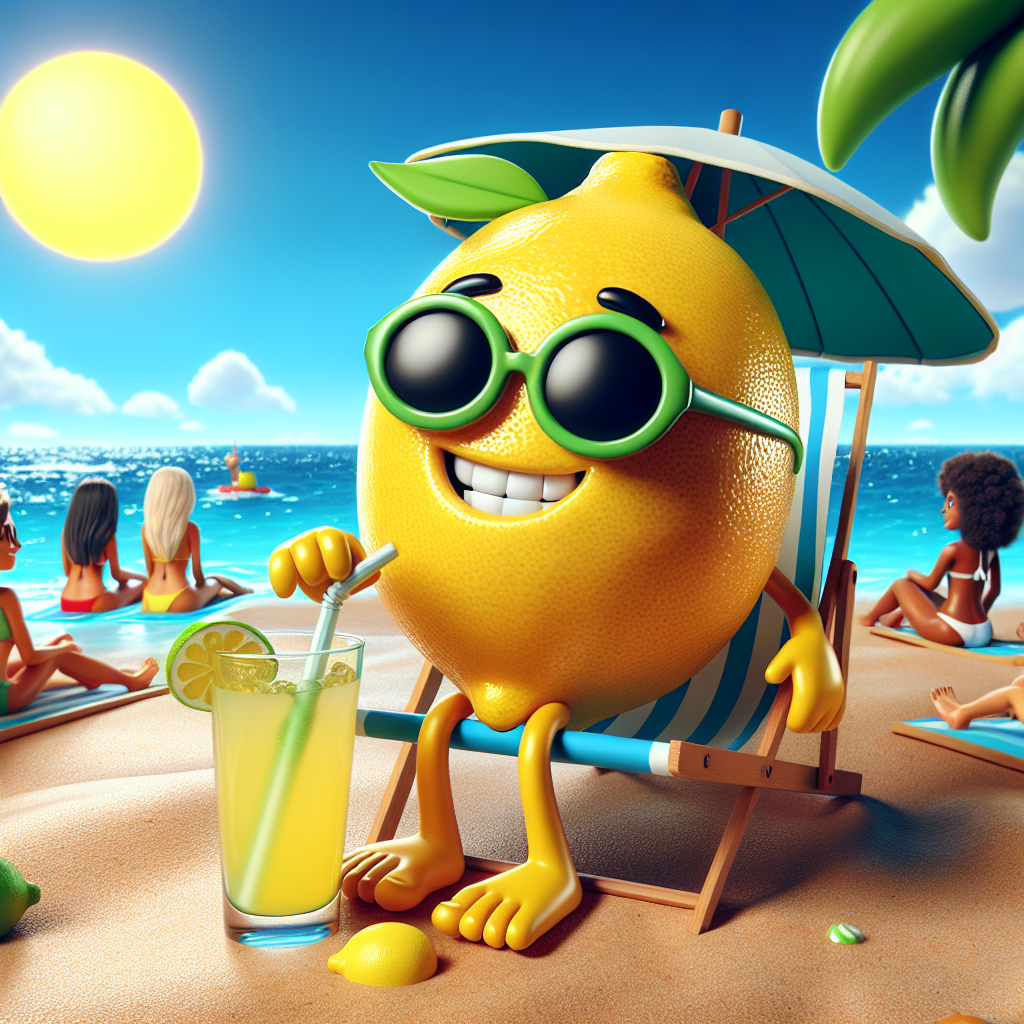Analysis of AI Video Generation: The Good, The Bad, and The Potential
Overview of AI Video Generation
Artificial Intelligence (AI) has made tremendous strides in recent years, particularly in the domain of video generation. This technology promises to revolutionize content creation by transforming how videos are conceived, produced, and shared. However, as with any nascent technology, there are both triumphs and drawbacks. In this article, we provide an analysis of AI video generation, drawing insights from recent demonstrations and user feedback.
The Promise and Pitfalls of AI Video Generation
AI video generation technologies, such as those demonstrated in the YouTube video link, have captivated audiences with their capabilities. From creating plausible animated sequences to rendering anthropomorphic lemon characters, the potential applications are vast. However, the technology is not without its limitations.
Success Stories
One of the most impressive feats of AI video generation is its ability to create realistic and engaging content rapidly. The technology can convert static images into dynamic video sequences with remarkable fidelity. For instance, an anthropomorphic dingo dancing the hula and lemon Kaiju attacking Tokyo are among the creative prompts successfully rendered. These scenes were not only visually appealing but also demonstrated the AI's ability to follow intricate prompts and generate coherent, animated sequences.
The technology shines particularly in scenarios where the input is well-defined and not overly complex. For example, AI-generated videos of a lemon with sunglasses floating in the ocean were highly praised for their fidelity to the prompt. Similarly, a Pixar-style animated character of a lemon revealed the AI's strength in creating stylized, cartoonish sequences that maintain consistency and appeal.
Struggles and Shortcomings
Despite these successes, AI video generation still encounters challenges, notably in processing complex scenes with multiple dynamic elements. For example, attempts to generate a scene where an animated cat leaps through a TV and becomes a real cat fell short. The resulting footage was often a morphed, incoherent mess, indicating that the technology struggles with prompts involving intricate transformations and multiple layers of action.
Another common issue is the AI's difficulty in rendering hands and facial expressions accurately. Hands often appear deformed, and facial expressions can be inconsistent, which detracts from the overall realism and coherence of the generated video. This limitation is particularly evident in more realistic video attempts, where even slight imperfections can significantly detract from the viewer's experience.
Enhancements and Workarounds
Users have discovered several workarounds to improve AI video generation outcomes. One effective method is using image inputs to guide the video generation process. For instance, using Idiogram to generate initial images before feeding them into the video generator has shown promising results. This approach helps in setting a clear starting point for the AI, thereby enhancing the accuracy and coherence of the final output.
Another enhancement technique involves leveraging large language models to refine prompts. By making the prompts more detailed and structured, users can better guide the AI in generating the desired scenes. However, this method requires a deep understanding of prompt engineering and might not be accessible to all users.
Consistency and Limitations
A significant limitation of current AI video generation technology is maintaining character consistency across sequences. While tools like MidJourney and others can help in creating consistent characters through image uploads, achieving seamless character continuity remains challenging without meticulous prompt management. Moreover, the technology's dependency on extensive training data means that it performs better with more common or simpler visuals.
The Future of AI Video Generation
As AI video generation continues to evolve, several trends and potential improvements are emerging:
Improved Realism and Coherence
Future advancements are likely to address the current shortcomings in rendering hands, facial expressions, and complex dynamic scenes. With continuous training on larger and more diverse datasets, AI models are expected to achieve higher levels of realism and coherence, making them suitable for a broader range of applications, from animation to live-action video generation.
Enhanced User Control
Giving users more control over the video generation process is another key area of development. This includes more intuitive interfaces for prompt engineering, better integration with image and video inputs, and real-time feedback mechanisms. These improvements will make AI video generation more accessible to non-experts and enhance its usability for professional content creators.
Ethical and Social Implications
The rapid development of AI video generation also raises important ethical and social questions. Issues such as deepfake detection, the potential spread of misinformation, and the impact on traditional video production industries need to be addressed. As the technology matures, it is crucial to establish guidelines and frameworks to ensure its responsible use.
Conclusion
Artificial intelligence video generation is a rapidly evolving field with immense potential for revolutionizing content creation. While there are notable successes, such as realistic animations and coherent video sequences from simple prompts, the technology still faces significant challenges. These include handling complex scenes, rendering hands and facial expressions accurately, and maintaining character consistency.
However, with ongoing research and development, the future looks promising. Enhanced realism, improved user control, and ethical considerations will likely shape the next generation of AI video generation tools. As we look ahead, the possibilities for creativity and innovation in this space are boundless, making it an exciting area to watch.
For further reading on the background and development of AI video generation, consider exploring these useful resources:
- AI Video Generation: Technology and Applications
- Ethical Implications of Deepfakes and AI-Generated Videos
In conclusion, while there are hurdles to overcome, the strides made in AI video generation are impressive. With continued refinement, this technology has the potential to transform the video production landscape, offering unprecedented creative possibilities and efficiencies.
Related News
- The Dawn of a New Era in AI Video Generation
- The Next Wave of AI Video Technology: An In-Depth Look
- Deep Dive into Generating AI Imagery: Exploring the Potential and Pitfalls
- Unleashing the Future of AI Video Generation: Innovations and Implications
- The Evolving Landscape of AI Video Generators: A Comprehensive Analysis
